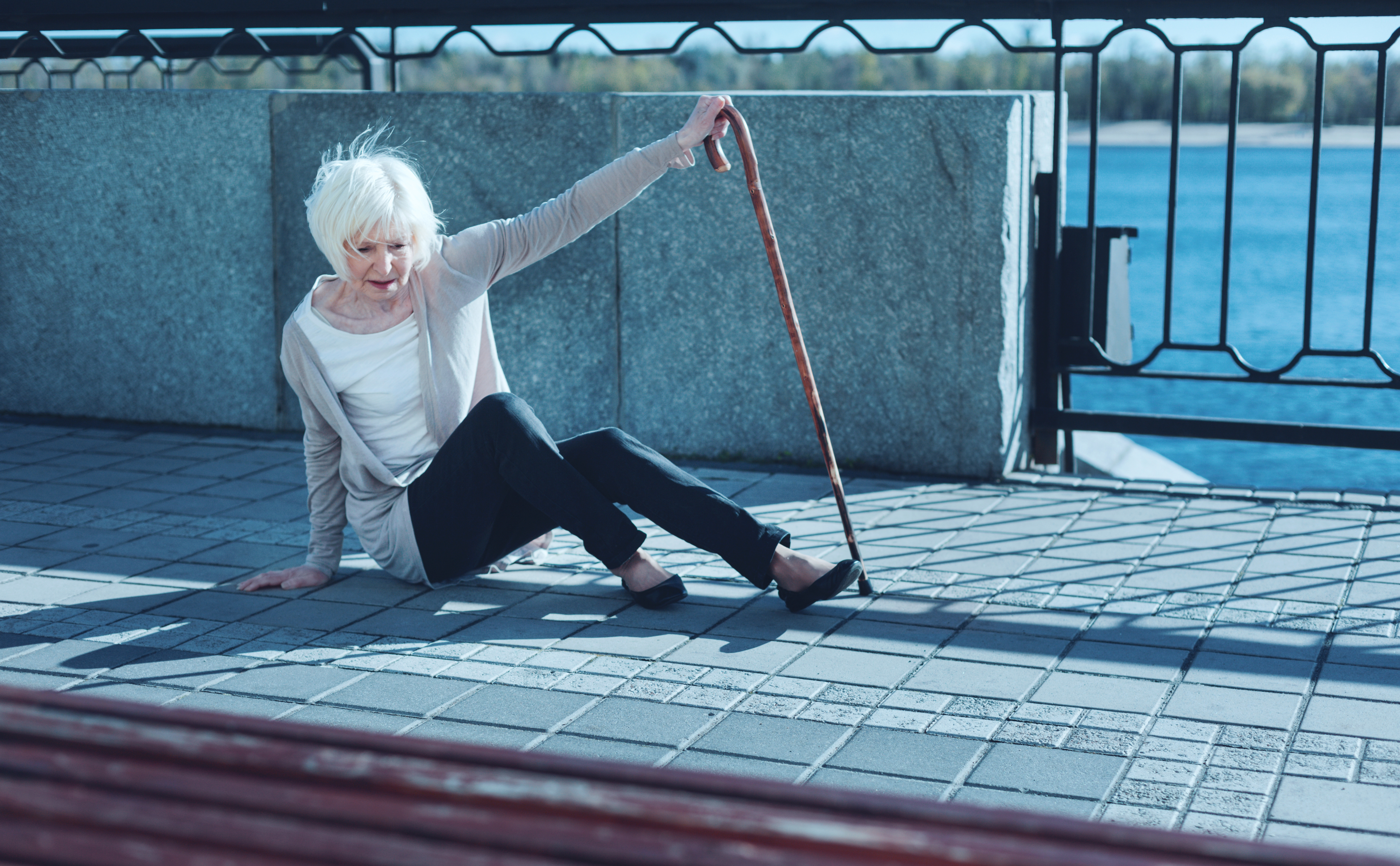How to Prevent Falls for Older Adults Through Physical Activity

How to Prevent Falls for Older Adults Through Physical Activity
Changes in the body associated with aging put senior citizens at increased risk of falling, increased risk of bone fracture due to falls, and an impaired healing response to fractures.
In this blog we will review significant risk factors specific to aging populations, as well as steps to take to prevent falls.
What are Age-Related Risk Factors for Falls?
Functional Causes
Older populations often experience decreased balance and proprioception, and deficits in strength/power expression, which lead to impaired function in day-to-day activities, as well as increased risk of experiencing falls.
Neurological Causes
Aging negatively impacts reaction time and reflexivity, meaning older adults are often slower to correct and adjust body position when moved off balance.
They may also have trouble visually adjusting to glare (walking outside in the winter), understanding body and limb positions in space, and identifying hazards in the environment.
Musculoskeletal
Sarcopenia refers to age-related deterioration of muscle mass, size, and strength. It’s often associated with increased risk of physical disability and poor quality of life.
Osteoporosis is a degenerative decrease in bone mineral density, leaving bones brittle and more likely to fracture.
How to Prevent Falls Through Physical Activity in 3 Steps
Step 1 - Improve Lower Body Strength
Physical activity has been extensively studied and traditional resistance training exercise has been shown to effectively increase muscle mass and muscular strength, and improve bone mineral density in older populations.
Specifically, the muscles in the lower limbs and hips need to be strong enough to support the body in a number of different positions, as well as efficiently move the body between common positions (such as sit to stand, and single leg support).
Strength training has also been shown to improve motor coordination and reflex time in older adults.
Step 2 - Train Your Core and Proprioception
When compared to traditional strength training, core strength training results in more pronounced effects regarding balance and mobility in older adults by contributing to more efficient use of the lower and upper limbs.
Meaning, strengthening the muscles of the core, learning to accommodate stable/unstable surfaces, and react to external forces, helps to reduce the risk of falls in older adults.
Step 3 - Work with a Professional
Those who have previously experienced falls may be hesitant to engage in physical activity.
Having a healthcare professional such as a physiotherapist or kinesiologist guide them through a monitored and highly structured program, in a safe and hazard free environment, can drastically improve physical activity outcomes.
Now what?
Physical activity may initially seem daunting to those who experience limited range of motion and poor posture, have experienced falls in the past, or who significantly lack strength and coordination.
Despite these challenges, regular physical activity, including traditional and core stability/strength training in older populations - under the guidance of a trained healthcare professional - has been shown to dramatically reduce functional, neurological, and musculoskeletal risk factors for falls.
More questions on how to prevent falls? Contact our exercise therapist now!
References:
Granacher, U., Gollhofer, A., Hortobágyi, T. et al. (2013). The Importance of Trunk Muscle Strength for Balance, Functional Performance, and Fall Prevention in Seniors: A Systematic Review. Sports Medicine, 43, 627–641. https://doi.org/10.1007/s40279-013-0041-1
